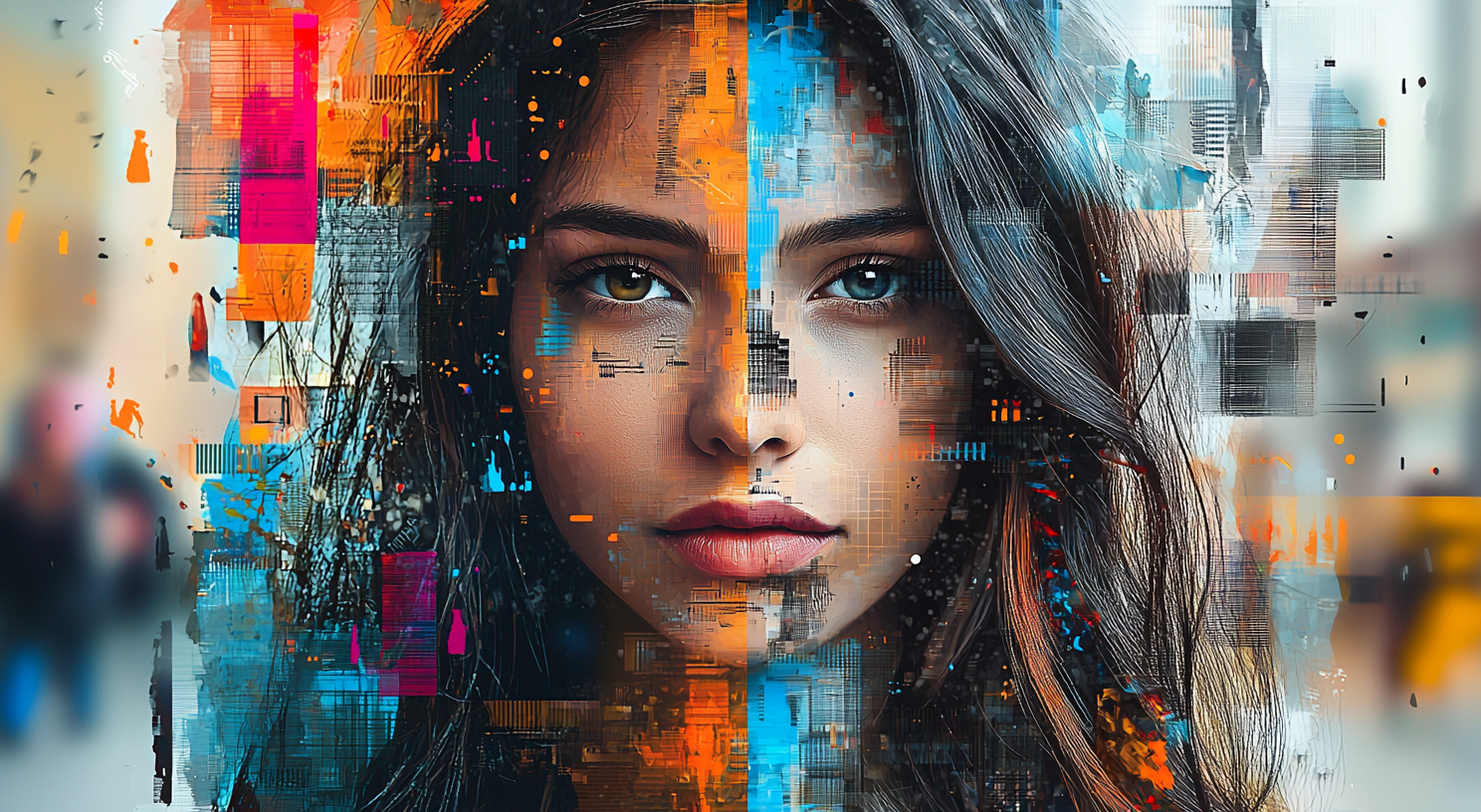Hey everyone! It’s Paul Peery, your friendly neighborhood content strategist, here. Ever needed that perfect stock photo, only to find that everything is either too expensive, too cheesy, or just… wrong? I’ve been there. Taking your own photos can be a hassle (and expensive, if you need a fancy camera). But guess what? You don’t need a camera to create amazing, high-quality stock photos. Yep, you heard that right! This post is your guide to creating visuals that pop, all without ever touching a DSLR. Let’s dive into the magic!
Introduction: The Camera-Less Photo Revolution
We are constantly told to “be visual,” “use high-quality images,” and “stand out from the crowd” online, right? This is great, but it can present issues to new or small businesses. We may not have the funds for a professional photographer. We also might not be photography professionals ourselves. This used to be a big problem, but not anymore. We’re living in an amazing time where technology gives us superpowers. One of those superpowers is the ability to create stunning visuals without the traditional tools. This post will show you how to ditch the camera and still produce images that look like they were shot by a pro. My main point? Anyone can create fantastic stock photos, regardless of their photography skills or budget.
Harness the Power of AI Image Generators
This is where things get really exciting. AI image generators are like having a personal, on-demand photographer. You describe what you want, and the AI creates it. No kidding!
- How they work: These tools use complex algorithms (don’t worry, you don’t need to understand them!) trained on millions of images. They learn what things look like and can generate new, unique images based on your text prompts.
- Popular options: Some of the top players include Midjourney, DALL-E 2 (from OpenAI), Stable Diffusion, and Leonardo AI. Many offer free trials or limited free usage, so you can test them out.
- My tip: Experiment! The more you play around with different prompts and settings, the better you’ll get at crafting the perfect image.

Mastering the Art of the Text Prompt
Think of your text prompt as the instructions you’re giving to the AI artist. The clearer and more detailed your instructions, the better the result.
- Be specific: Instead of “a cat,” try “a fluffy ginger cat sitting on a windowsill, sunlight streaming in, bokeh background.”
- Use descriptive words: Think about colors, textures, lighting, and composition. Words like “vibrant,” “rustic,” “soft,” “close-up,” and “wide-angle” can make a big difference.
- Specify art styles (optional): If you want a particular look, you can add terms like “photorealistic,” “oil painting,” “watercolor,” “cyberpunk,” or “impressionistic.”
- Example: “A photorealistic image of a stack of pancakes with melting butter and syrup, on a rustic wooden table, morning light, shallow depth of field.”
Key Takeaway: The text prompt is your secret weapon. Practice makes perfect!
Editing Your AI-Generated Images
Even AI-generated images sometimes need a little tweaking. This is where free (or affordable) editing tools come in handy.
- Basic adjustments: You can adjust brightness, contrast, saturation, and sharpness.
- Cropping and resizing: Make sure your image is the right size and shape for its intended use.
- Adding text or overlays: Tools like Canva make it easy to add text, logos, or other elements to your images.
- Recommended tools: Canva (free and paid versions), GIMP (free, open-source), and even the built-in photo editor on your phone or computer.
Understanding Image Licensing (Even with AI)
This is super important. Just because you generated an image with AI doesn’t automatically mean you can use it for anything.
- Different AI platforms have different terms of service: Some allow commercial use, while others may restrict it. Always read the fine print!
- “Public domain” vs. “Creative Commons”: Understand these terms. Public domain means the image is free for anyone to use, for any purpose. Creative Commons licenses have different levels of restriction (e.g., some require attribution).
- When in doubt, ask: If you’re unsure about the licensing terms, contact the AI platform for clarification. Better safe than sorry!
Repurposing Existing Public Domain or Creative Commons Images
Another great way to get “new” stock photos is to remix and repurpose existing images that are freely available.
- Great resources:
- Unsplash: High-quality photos, completely free to use.
- Pexels: Similar to Unsplash.
- Pixabay: Another great source of free images, videos, and even music.
- Wikimedia Commons: A huge repository of images, many of which are in the public domain or under Creative Commons licenses.
- How to repurpose: You can combine images, add filters, change colors, add text, or create collages. The possibilities are endless!
Creating Mockups: The Product Photographer’s Secret Weapon
Mockups are pre-made templates that allow you to realistically display your designs (like logos, websites, or app screens) on various objects (like t-shirts, mugs, or phones).
- Why they’re awesome: They make your designs look professional and polished, without needing to actually print or photograph anything.
- Where to find them:
- Placeit: A huge library of mockups, with a subscription-based model.
- Smartmockups: Another popular option, with free and paid plans.
- Creative Market: You can find individual mockup templates for sale.
- How to use them: Simply upload your design to the mockup template, and it will automatically be applied to the object.
Using Vector Graphics and Illustrations
Sometimes, a photo isn’t the best choice. Vector graphics and illustrations can add a unique touch to your projects.
- What are vector graphics? They’re images made up of points, lines, and curves, rather than pixels. This means they can be scaled to any size without losing quality.
- Great for: Logos, icons, infographics, and illustrations.
- Resources:
- Vecteezy: Free and paid vector graphics.
- Freepik: Another great source of vectors, illustrations, and photos.
- Adobe Illustrator: The industry-standard vector graphics software (paid).
- Inkscape: A free, open-source alternative to Illustrator.

Combining Techniques: The Hybrid Approach
Don’t be afraid to mix and match these techniques! For example, you could:
- Generate a background image with AI.
- Add a vector graphic overlay.
- Use a mockup to display your design on the final image.
This “hybrid” approach gives you maximum creative control.
Thinking Outside the Box: Abstract and Conceptual Images
Sometimes, the best stock photo isn’t a literal representation of something. Abstract and conceptual images can be incredibly powerful.
- Examples:
- A close-up of textured paint for a background.
- Geometric shapes and patterns.
- Abstract light trails.
- Images that evoke emotions or ideas (e.g., a single wilting flower to represent sadness).
- AI can be great for this: Experiment with abstract prompts like “swirling colors,” “geometric chaos,” or “dreamlike landscape.”
Consistency is Key: Building Your Visual Brand
Once you start creating your own stock photos, think about developing a consistent visual style.
- Color palette: Choose a set of colors that you use consistently across your images.
- Lighting: Do you prefer bright and airy, or dark and moody?
- Composition: Do you favor close-ups, wide shots, or a specific type of framing?
- This helps build brand recognition and makes your content look more professional.
Optimizing Your Images for the Web
Before you upload your stunning new images, make sure they’re optimized for the web.
- File size: Large image files can slow down your website. Use tools like TinyPNG or ImageOptim to compress your images without losing quality.
- File format: JPEG is generally best for photographs, while PNG is better for graphics with sharp lines and text.
- Alt text: Always add descriptive alt text to your images. This is important for accessibility (screen readers) and SEO.

Staying Up-to-Date with AI Image Generation Trends
The world of AI is constantly evolving. New tools and techniques are emerging all the time.
- Follow blogs and social media accounts related to AI and image generation.
- Join online communities (like Reddit forums or Discord servers) where people share tips and tricks.
- Experiment with new tools as they become available.
Conclusion: Unleash Your Inner Artist!
Creating stunning stock photos without a camera is not only possible, it’s actually fun! By embracing AI, repurposing existing resources, and using a little creativity, you can produce visuals that are just as good (or even better) than traditional stock photos. So, ditch the camera, embrace the future, and start creating! I hope these tips help you. Remember, the only limit is your imagination.
FAQ
Are AI-generated images copyrighted?
This is a complex legal area that’s still evolving. Generally, the AI platform’s terms of service will outline the usage rights. Some platforms grant you full commercial rights, while others may have restrictions. Always check the terms!
Can I use AI-generated images for commercial projects?
It depends on the AI platform you’re using. Some platforms, like Midjourney (with a paid subscription), allow commercial use. Others may have limitations. Again, always check the terms of service.
What’s the best AI image generator for beginners?
I’d recommend starting with something like Leonardo AI or even Bing Image Creator (which uses DALL-E technology). They’re relatively user-friendly and offer free options to get you started.



